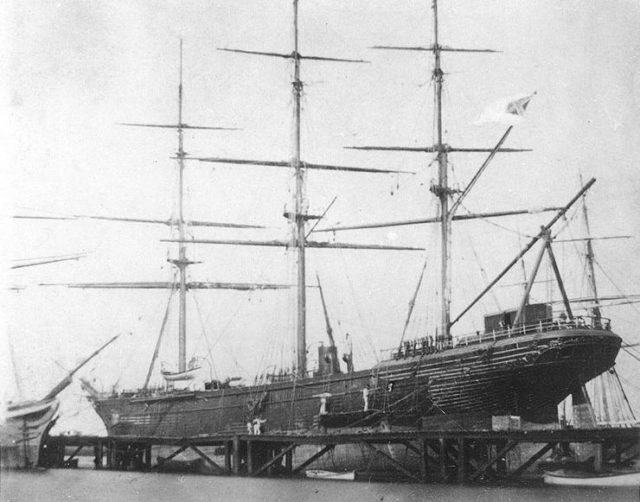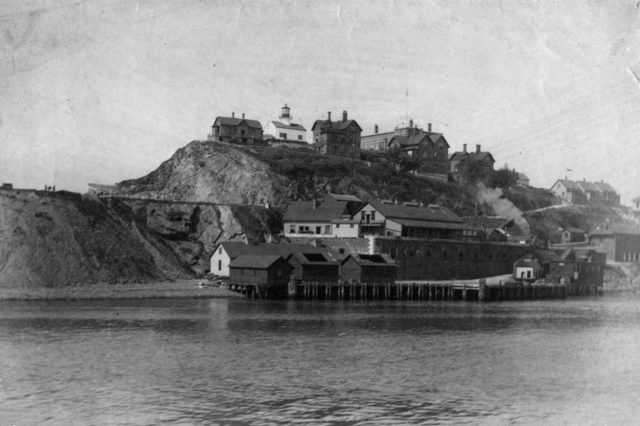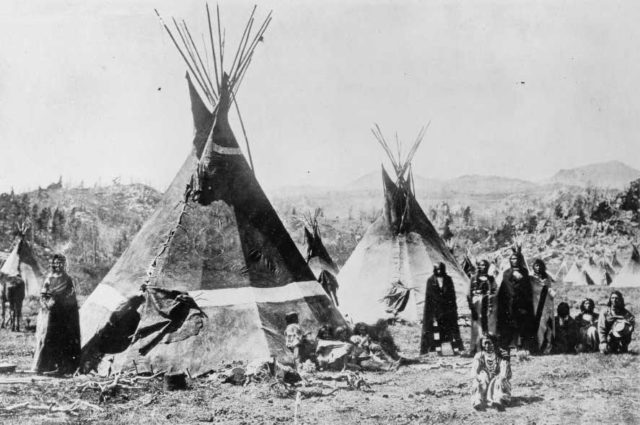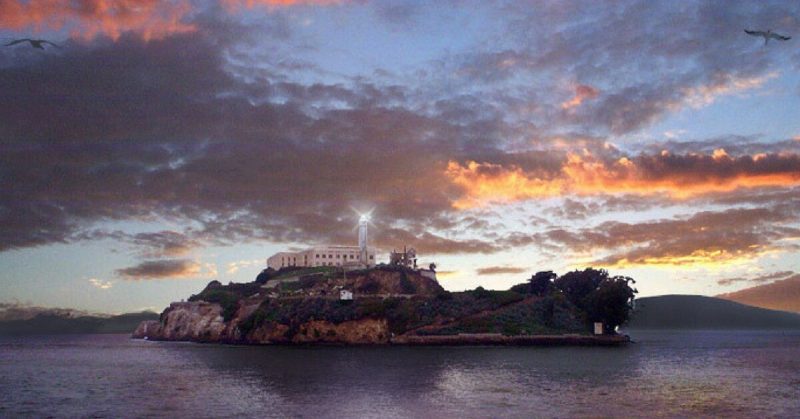The American Civil War, despite the country’s relatively small official footprint at the time, stretched across North America, from the Atlantic to the Pacific. Then, the Pacific Coast theater was considered as all actions west of the continental divide. This area is currently California, Oregon, Nevada, Washington, Utah, and Idaho. However, there were no conflicts that pitted the Union and Confederate forces against one another in battle in this theater.
Instead, most of the action was seen with the Union trying to force down secessionist sympathies, stop Confederate plots and drive out the Native Americans living in the area. While Confederate Navy ships did operate in the Pacific, they did not engage with any Union ships in the area. However, one, the CSS Shenandoah, is known for firing the last shot of the Civil War in the Bering Sea.

So Why The Need For A Pacific Coast Theatre?
Nothing major occurred in the Pacific Coast Theatre conflict-wise, so how did conflict spread to this area of the country? Although no battles occurred, the theater still played a significant role in the Civil War.

Events started badly after Lincoln’s election. Confederate sympathizers in California decided they would join with Oregon and form their own country, the Pacific Republic. Colonel Albert Sidney Johnston commanded all the U.S. federal troops in the Department of the Pacific. He was in charge of negotiating this operation.
At a meeting with the Confederacy, to discuss secessions, things got a little out of hand. Johnston was enraged on hearing the Confederacy may try to seize forts in California. He caused somewhat of a scene, telling them he would fight them until he bled his last drop and they should tell their friends. Needless to say, the Confederacy did not offer secession help to the planned Pacific Republic.
Meanwhile, the Union was worried about the possibility of Johnston plotting the Pacific Republic secession (quite correctly), and so they replaced him. He resigned and moved to Los Angeles (later to reenlist and die in combat). The Pacific Republic plans slowly faded away.
Despite this, the Union was anxious about the possible formation of a new country by California and Oregon or that the area would join the Confederacy, particularly when Arizona had done so.
Secessionist Movements
Of course, the separatist movements in California were by no means discrete. A significant portion of the population wanted to secede from the Union. They formed their own militia, created their own flag and held public displays.
The Union moved three companies to Los Angeles to squash the public sentiment. This was an enormous undertaking. It included the dispersal of the militia movement, discovering secessionist sympathizers and cutting off their communication with the Confederacy. A lot of manpower was used, but the Union forces were successful.
Naval and Coastal Protection
The Union Navy could not spare many ships to send to the Pacific Coast. They had ships guarding Panama City, to protect gold shipments, and some patrolling the coast between Panama and British Columbia. Most Union ships were based in San Francisco Bay. It was the primary origin point for shipments of gold and silver from the West Coast, and the Union built or improvised forts as needed.
One of the these was Fort Alcatraz, which acted as a prison for secessionists. It is the famous Alcatraz penitentiary that still receives droves of visitors today.

Forts were built at other critical waterways as well. One was Fort Cape Disappointment, in Washington, and then Fort Stevens, in Oregon at the mouth of the Columbia River. The Union troops also seized Santa Catalina Island from its residents, displacing them, and used the island as a post. It was thought that afterward the Island would be turned into a reservation for Native Americans captured during the Bald Hills War. However, this never happened.
Asbury Harpending, a member of the Knights of the Golden Circle, was in San Francisco, hoping to outfit a schooner as a Confederate ship. The ship was required to raid Union vessels carrying gold and silver. This treasure could then be used to support the Confederacy. However, the plans were detected and shut down. Union-supporting individuals along the Pacific coast became aware of the threat of Confederate supporters attempting to buy ships on the Pacific coast for these and similar purposes.
Around this time, the Confederacy ordered Captain Thomas Egenton Hogg to take a coastal steamer in Panama forcefully and then use the vessel to attack Pacific Mail steamers and whalers. However, an American consul learned of the plot and the Confederate conspirators were arrested when trying to board the ship. They were tried in San Francisco, dubbed pirates and sentenced to death by hanging.
To prevent another such occurrence, all American merchant steamer passengers had to surrender their weapons upon boarding, and all baggage and passengers were searched.
Native American Action

There is one conflict that took place in the Pacific Theatre that is classified as a battle, and that is the Battle of Bear River.
However, this was not a Union vs. Confederacy conflict. Rather, Union forces attacked a Native American tribe camped out in Idaho. Hundreds of Native American men, women and children were killed. The Union soldiers sustained 24 casualties.
